Orioles, with their brilliant orange and black plumage, are among North America’s most beloved songbirds. These vibrant visitors bring joy to backyard bird enthusiasts from spring through fall, captivating us with their distinctive whistling songs and aerial acrobatics. While attracting these stunning birds to your yard can be immensely rewarding, it’s crucial to understand how to feed them properly without causing harm. Orioles have specific dietary needs and feeding habits that differ from many common backyard birds. This comprehensive guide will walk you through everything you need to know about safely and responsibly feeding orioles, from understanding their natural diet to selecting appropriate feeders and foods, while avoiding common mistakes that could potentially harm these magnificent birds.
Understanding Oriole Species in North America
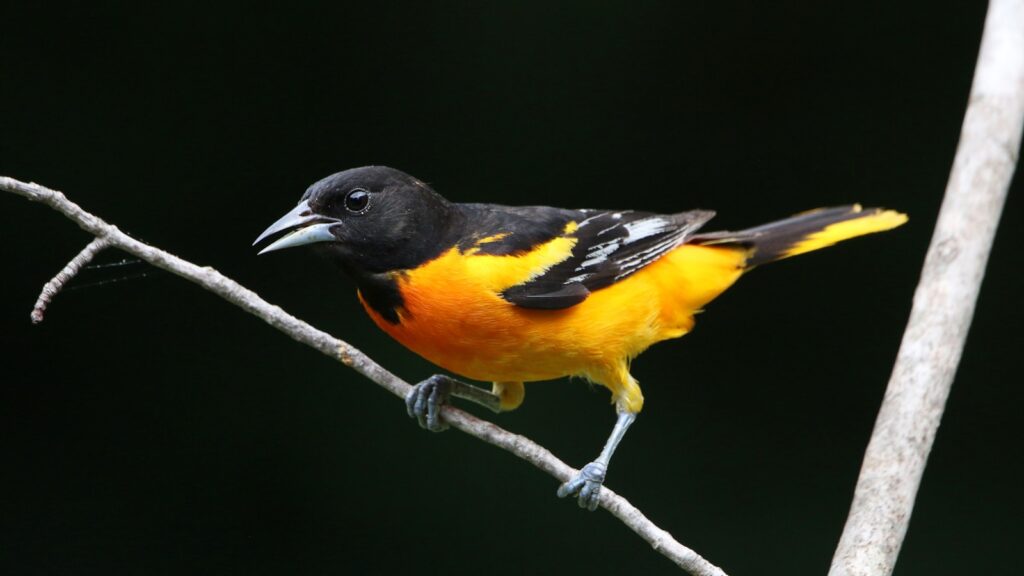
Several oriole species grace North American yards, each with slightly different preferences and behaviors. The Baltimore Oriole (eastern) and Bullock’s Oriole (western) are perhaps the most well-known, with their striking orange and black coloration making them unmistakable visitors. Other species include the Orchard Oriole, Hooded Oriole, Scott’s Oriole, and Altamira Oriole, each frequenting different regions of the continent. Understanding which species visits your region is valuable because it helps you tailor your feeding strategy to their specific preferences and migration patterns. Most oriole species are neotropical migrants, spending winters in Central and South America before returning north in spring to breed, meaning their presence in your yard will likely be seasonal rather than year-round.
The Natural Diet of Orioles
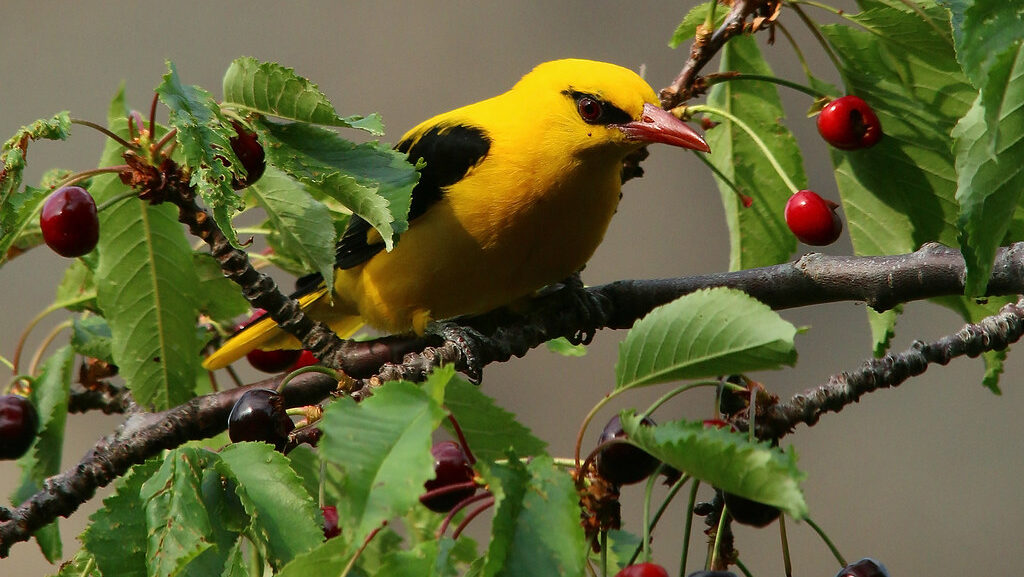
In their natural habitat, orioles maintain a diverse and seasonally variable diet that provides all the nutrients they need for survival. During spring and summer, they primarily consume protein-rich insects like caterpillars, beetles, grasshoppers, and spiders, which are essential for breeding season energy demands and feeding growing nestlings. As the seasons progress, orioles incorporate more fruit into their diet, particularly dark-colored berries and small fruits like mulberries, cherries, and wild grapes. They’re also known for their remarkable ability to feed on nectar from flowers and flowering trees, using their specialized brush-tipped tongues similar to hummingbirds, though less exclusively. This natural diet diversity is crucial to consider when offering supplemental food in your backyard, as providing only sugar water or fruit would not meet their complete nutritional needs.
When to Start Feeding Orioles
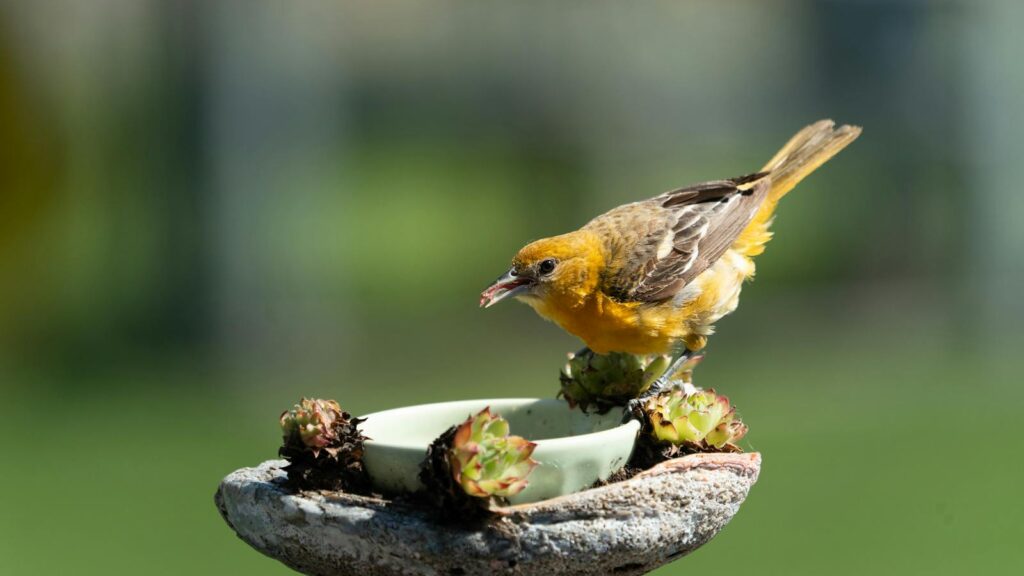
Timing is everything when it comes to successfully attracting orioles to your feeding stations. Most oriole species return from their wintering grounds in late April through early May, with arrival times varying by region and climate conditions. For best results, have your feeders cleaned, filled, and installed about a week before their expected arrival in your area—many experienced birders follow the blooming of forsythia or dogwood as natural indicators. First impressions matter tremendously with orioles, as these birds quickly establish feeding territories and routes upon arrival. If they don’t discover your offerings within their first few days back, they may establish feeding patterns elsewhere and never notice your feeders. For southern regions, feeders may need to be maintained year-round for resident populations or early arrivals, while northern areas typically see oriole activity from spring through early fall.
Selecting the Right Oriole Feeders
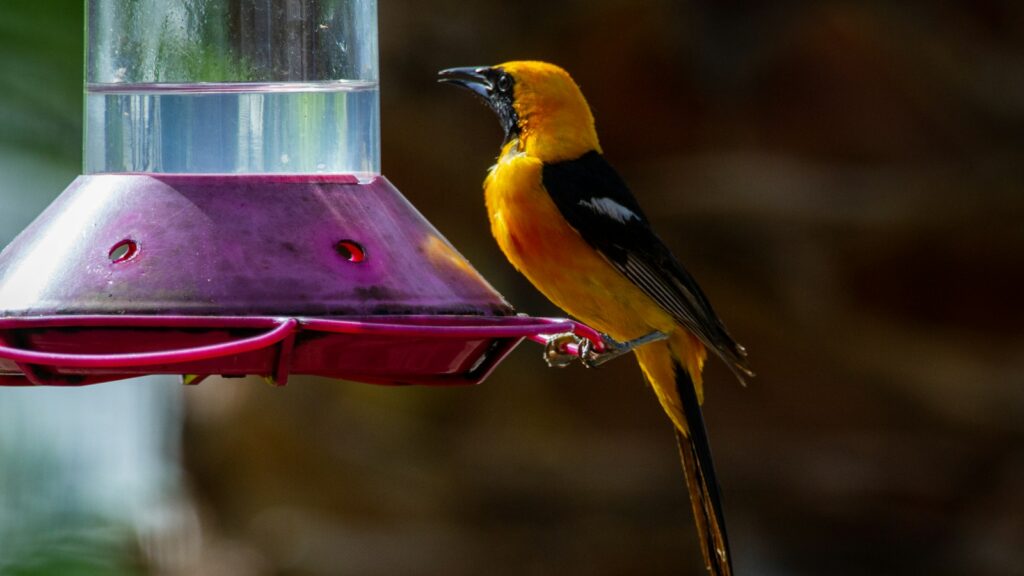
Choosing appropriate feeders is fundamental to successfully and safely feeding orioles without causing harm. Purpose-designed oriole feeders typically feature the color orange (which attracts these birds) and include specific feeding ports for different food types. The most effective feeders offer multiple feeding stations: nectar reservoirs with bee-guards to prevent drowning, small cups for jelly or mealworms, and perches or spikes for securing orange halves. Look for feeders constructed from durable, non-toxic materials that can be completely disassembled for thorough cleaning, as plastic that cannot be properly sanitized may harbor harmful mold and bacteria. Feeders with rain guards or covers help protect food from spoiling quickly in wet weather, while built-in ant moats prevent insects from contaminating the feeding areas. Remember that placement matters too—orioles prefer feeding in open areas with nearby trees or tall shrubs that provide quick escape routes and perching spots.
Offering Nectar Solutions Safely
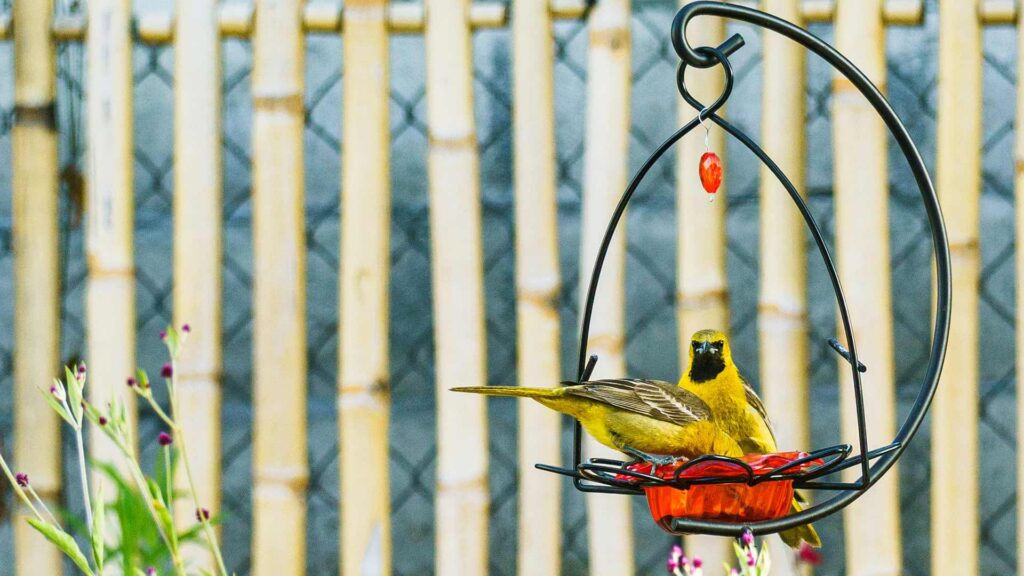
Nectar solutions are among orioles’ favorite backyard offerings, but they must be prepared and maintained properly to avoid harming the birds. The only safe recipe consists of four parts water to one part plain white granulated sugar, boiled briefly to purify and help dissolve the sugar completely—never use honey, brown sugar, artificial sweeteners, or red food coloring, all of which can be harmful or even fatal to orioles. Fresh nectar solution should be changed every 2-3 days in cool weather and daily during hot periods exceeding 80°F, as fermentation begins quickly and can cause deadly fungal infections in birds. Thoroughly clean nectar feeders with hot water and a bottle brush before each refill, avoiding dish soaps unless they can be completely rinsed away, as even mild detergent residue can be harmful to birds. During cleaning, check carefully for black mold, which indicates the feeder hasn’t been maintained properly and could be dangerous for visiting orioles.
Fruit Options That Attract Orioles
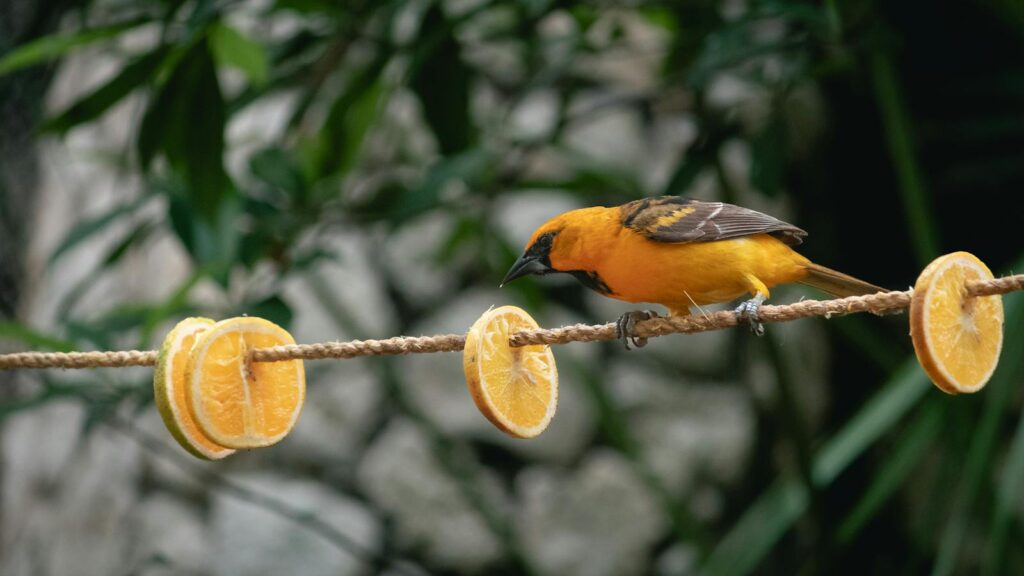
Fresh fruit offerings are perhaps the most visually appealing way to attract orioles to your yard while providing them with natural sugars and nutrients. Orange halves secured to feeders or tree branches act as brilliant visual cues that draw orioles from considerable distances, with the bright color matching the birds’ own plumage and signaling a potential food source. Beyond oranges, orioles readily consume a variety of fruits including apple slices, berries (particularly dark varieties like blackberries and blueberries), grapes cut in half, and even banana pieces, though these should be removed promptly if not consumed as they spoil quickly. Fresh fruit should be replaced daily, especially in warm weather, to prevent fermentation and mold growth that could make birds sick. Many oriole enthusiasts report that offering a variety of fruit options increases their success rate in attracting these sometimes finicky birds, as individual preferences can vary between species and even individual birds.
The Grape Jelly Phenomenon
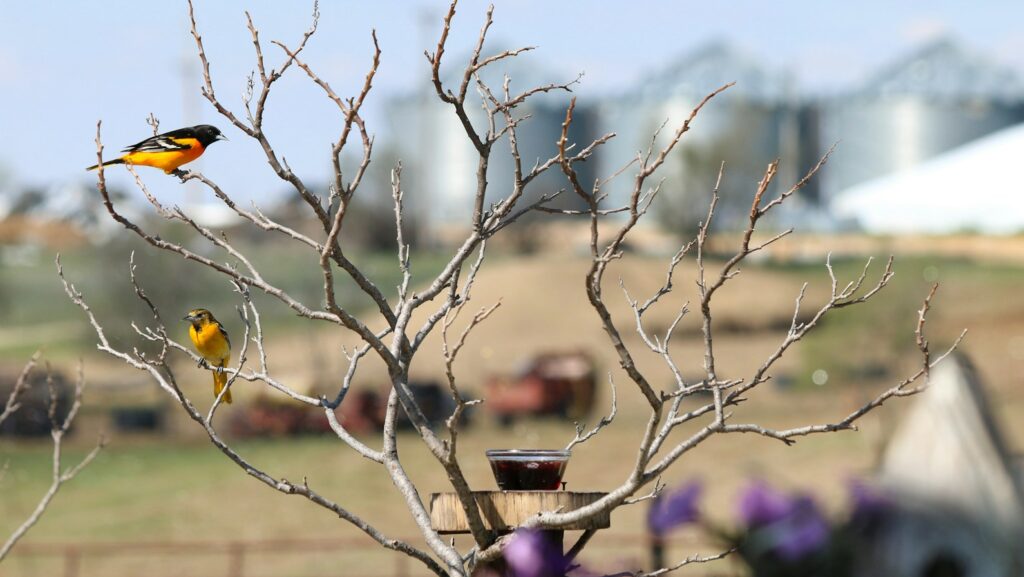
Grape jelly has become something of a phenomenon in oriole feeding, with many bird enthusiasts reporting it as the single most effective attractant for these colorful visitors. When offering jelly, select brands made with real fruit and minimal additional ingredients—commercial concord grape jelly is the traditional favorite, though some oriole feeders experiment with other flavors or homemade versions with varying success. Portion control is crucial with jelly offerings, as birds can fill up on this high-sugar treat to the exclusion of more nutritionally complete foods; start with just a tablespoon or two and replenish as needed rather than filling large containers. Small, shallow dishes specifically designed for jelly feeding help prevent orioles from getting sticky substances on their feathers, which could impair their ability to fly or stay warm when wet. In hot weather, jelly can quickly liquefy and ferment, requiring twice-daily changes to prevent potential harm to the birds from spoiled food.
Providing Protein Sources
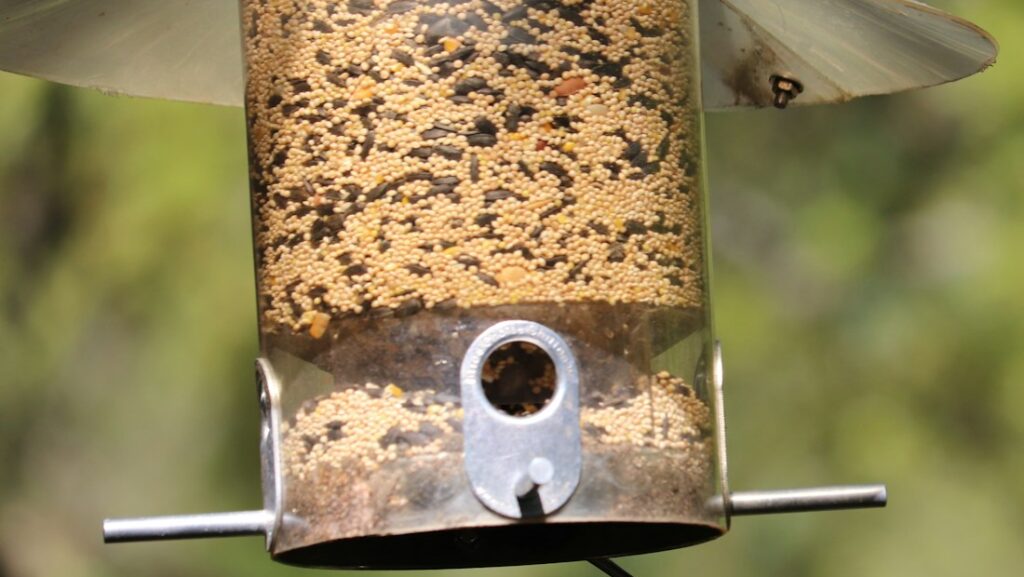
While sweet offerings attract orioles initially, providing protein sources is essential for their long-term health, especially during breeding season when they’re raising young. Mealworms, either live or dried (though live are preferred), represent an excellent protein source that mimics the insects orioles naturally consume and can be offered in small cups attached to feeding stations. Some dedicated oriole enthusiasts also provide waxworms or crickets, which more closely resemble the caterpillars that form a significant part of orioles’ natural diet during nesting season. Commercial insect-based bird foods formulated for bluebirds can also appeal to orioles and provide balanced nutrition beyond simple sugars. During nesting season (May through July in most regions), increasing the proportion of protein offerings helps parent birds successfully raise their young, as nestlings require primarily insect protein for proper development rather than fruit or nectar.
Water Features for Orioles

Water features serve as powerful attractants for orioles while meeting their essential need for hydration and bathing. Orioles particularly enjoy moving water, making dripping bird baths or small fountains especially effective at drawing these birds to your yard throughout the season. Shallow basins with gradually sloped sides allow orioles to wade comfortably into the water without risking drowning, as these birds typically prefer to bathe at the edges rather than in deep water. Place water features in open areas with nearby cover, allowing orioles to approach safely while having quick escape routes available if threatened. During hot summer months, water becomes even more critical for orioles, not only for drinking but also for bathing to maintain their feathers in good condition for efficient flight and insulation. Regular cleaning of bird baths (at least twice weekly) prevents the spread of avian diseases and removes algae that can be harmful to birds.
Dangerous Foods to Avoid
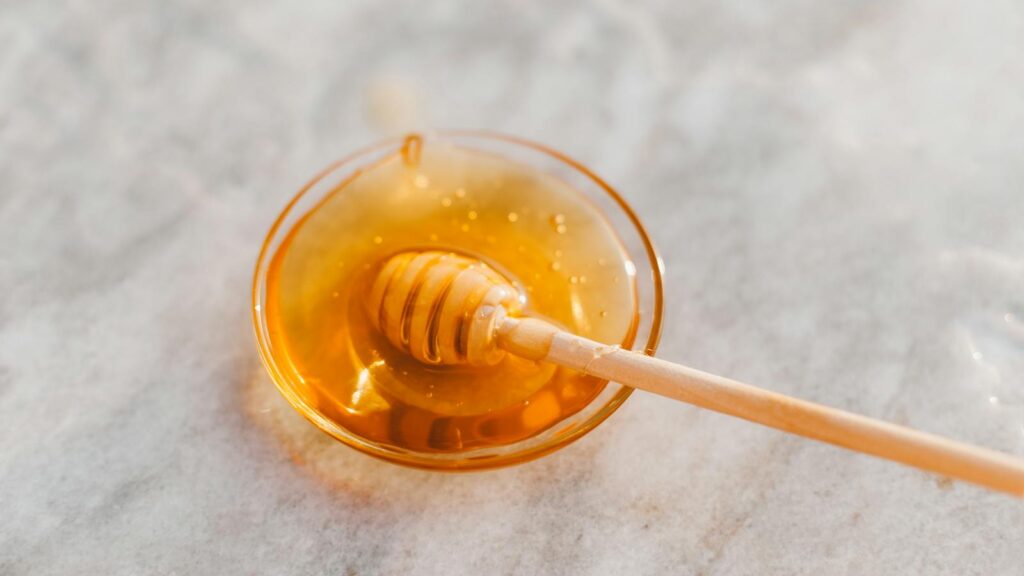
Several common food items can be seriously harmful or even fatal to orioles and should never be offered at feeding stations. Any nectar solution containing honey can promote a fungal infection called candidiasis that attacks birds’ digestive tracts and tongues, potentially preventing them from feeding. Red food coloring, once commonly recommended to attract hummingbirds and orioles, has been linked to health problems and offers no benefit, as the color of the feeder itself provides sufficient visual attraction. Bread products provide almost no nutritional value while filling birds’ stomachs, potentially preventing them from seeking proper nutrition elsewhere. Chocolate, caffeine, and alcohol are toxic to birds just as they can be to other animals, causing serious internal damage if consumed. Moldy foods of any type produce mycotoxins that can be fatal to birds, underlining the importance of fresh food and regular feeder maintenance when feeding orioles.
Proper Feeder Maintenance and Hygiene
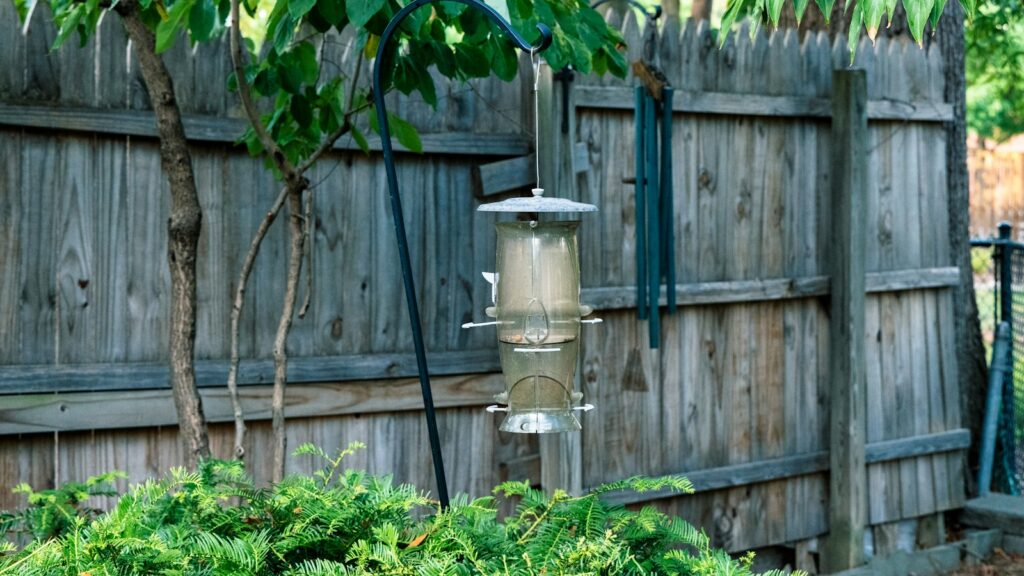
Rigorous feeder maintenance forms the cornerstone of responsible oriole feeding, as neglected feeders can quickly become vectors for disease. Establish a cleaning schedule based on weather conditions and feeding activity—during hot summer weather, most oriole feeders require cleaning every 1-2 days, while cooler periods might allow for cleaning every 3-4 days. Use a solution of one part white vinegar to four parts water for disinfecting feeders, followed by thorough rinsing; bleach solutions (1:10 ratio with water) can be used for heavily soiled feeders but require extensive rinsing afterward. Pay special attention to feeding ports and small crevices where mold can develop unnoticed, using bottle brushes or old toothbrushes to reach difficult areas. If you notice sick birds at your feeders, immediately remove, clean, and disinfect all feeding stations, waiting a week before resuming feeding to help prevent disease spread among the local bird population.
Creating an Oriole-Friendly Habitat
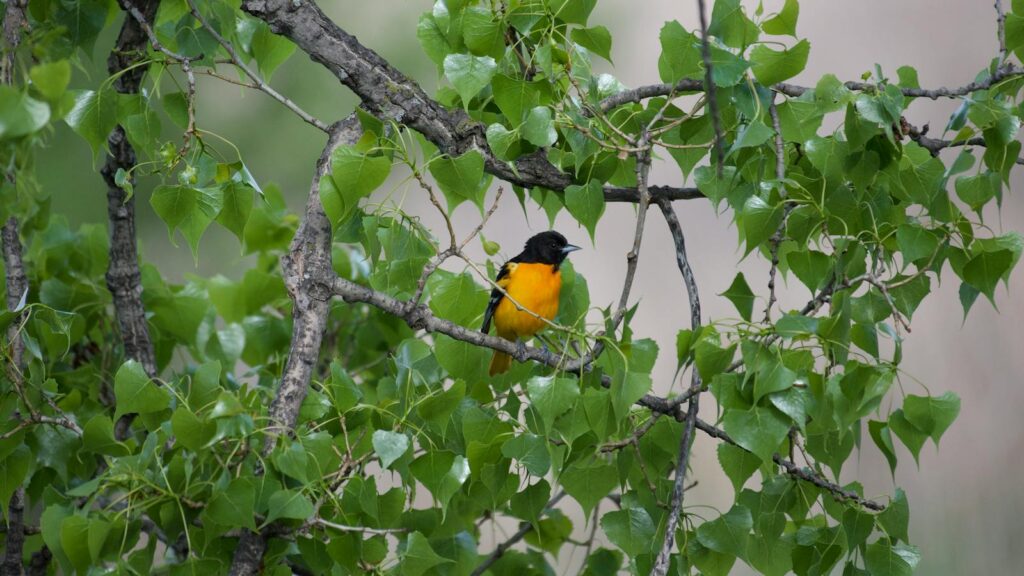
While feeders provide supplemental nutrition, creating a naturally oriole-friendly habitat ensures these birds find your yard hospitable beyond the feeding stations. Orioles typically nest in tall deciduous trees like elms, maples, sycamores, and poplars, preferring to construct their distinctive hanging sock-like nests at heights of 20-30 feet in open woodland settings or along forest edges. Incorporating native fruit-bearing trees and shrubs such as serviceberry, mulberry, wild cherry, and blackberry creates natural food sources that attract orioles and other wildlife. Maintaining some areas of your yard without pesticides allows insects to thrive, providing natural protein sources that orioles require, particularly during breeding season. Water features integrated into natural landscaping, such as streams, ponds, or recirculating waterfalls, provide essential hydration while creating a complete habitat that orioles find irresistible. Native flowering plants that produce nectar, such as trumpet vine, coral honeysuckle, and native columbine, offer natural nectar sources that complement your feeder offerings.
Supporting Orioles During Migration
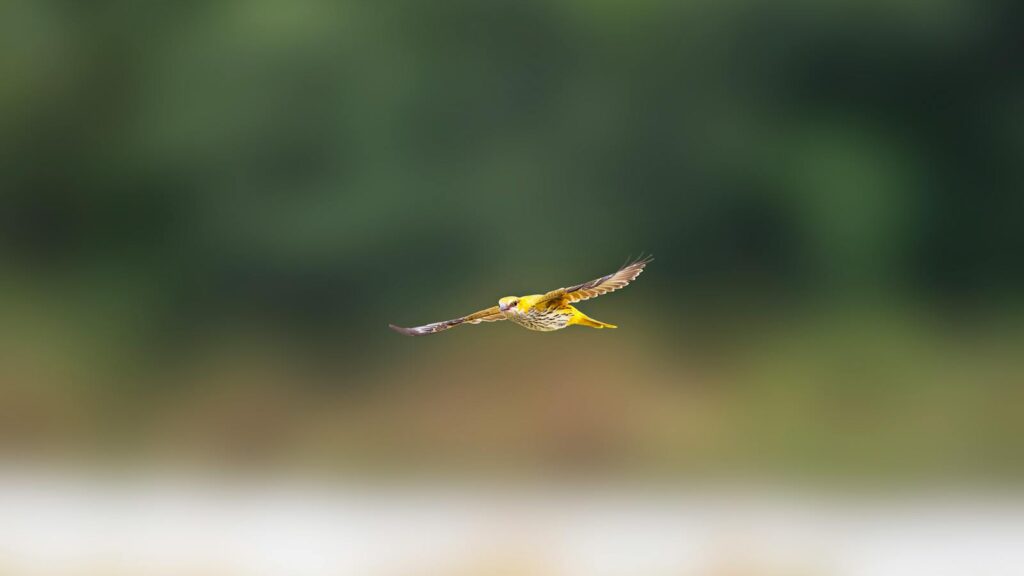
Migration represents one of the most energetically demanding periods in an oriole’s life, with these small birds traveling thousands of miles between breeding and wintering grounds. During spring and fall migration periods, maintaining consistently filled feeders becomes especially important as orioles require reliable refueling stops along their journey. Energy-rich offerings like nectar and fruit provide crucial quick energy for migrating birds, helping them maintain the fat reserves necessary for long-distance flight. Fall feeding is often overlooked but remains important as orioles prepare for and undertake their southward migration, typically occurring from late July through early October depending on the species and region. For those in southern states, continued winter feeding may support resident oriole populations or early returning migrants, though northern areas will see orioles depart completely for the winter months. Participating in community science projects like eBird allows you to track migration patterns in your area while contributing valuable data to bird conservation efforts.
Seasonal Adjustments to Feeding Practices
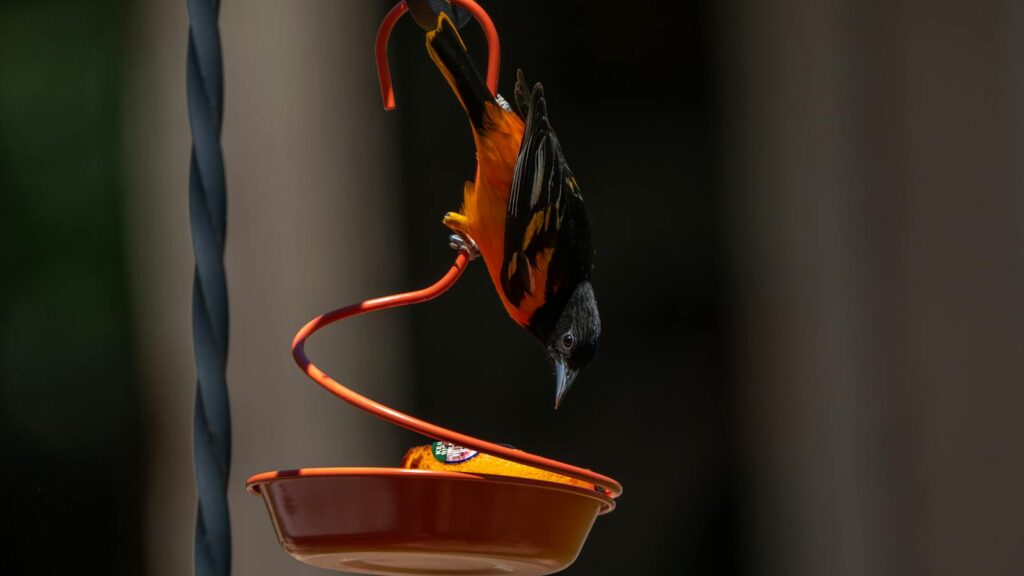
Adjusting your oriole feeding practices throughout the seasons ensures you’re meeting these birds’ changing nutritional needs while maintaining safe feeding conditions. In spring (April-May), focus on energy-rich offerings like nectar and jelly to help birds recover from migration while incorporating protein sources as nesting begins. Summer feeding (June-July) should emphasize protein-rich foods like mealworms to support parents feeding nestlings, while maintaining fresh water sources during hot weather. Late summer through early fall (August-September) calls for a return to higher proportions of sugar-rich foods as orioles begin storing energy for migration, though protein should still be available. During extremely hot weather, reduce the amount of food offered at any one time and increase feeding frequency to prevent spoilage, while conversely during cool weather, foods remain fresh longer allowing less frequent maintenance. Respond to feeding patterns you observe—if certain offerings consistently go untouched, redirect your efforts toward what the birds in your area prefer.
Common Problems and Solutions
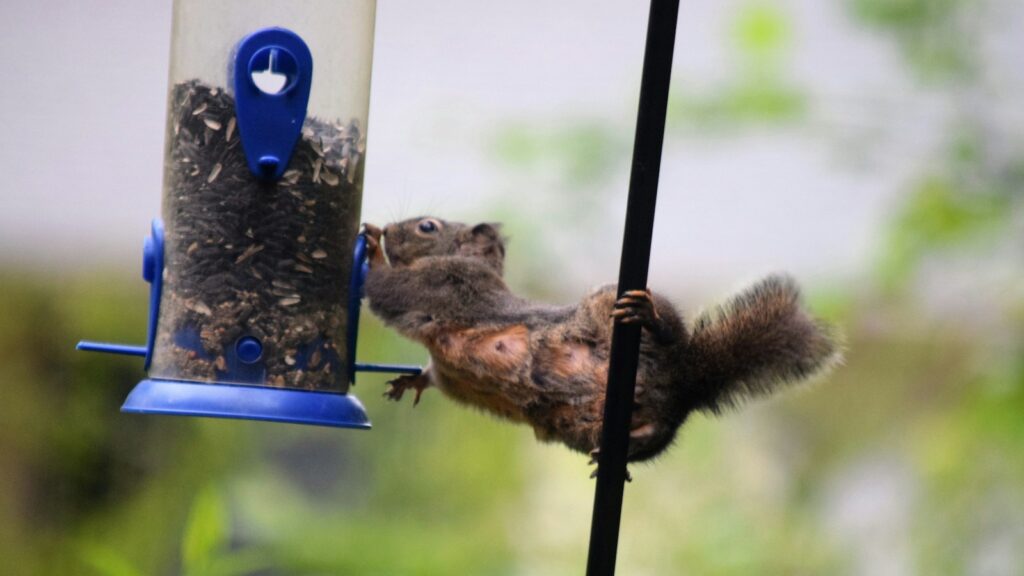
Even dedicated oriole enthusiasts encounter challenges when feeding these beautiful birds, but most common problems have straightforward solutions. If bees and wasps monopolize your nectar feeders, try feeders with bee guards, relocate problematic feeders temporarily, or create bee diversion stations away from bird feeders. Ants can be deterred using proper ant moats filled with plain water (never oil or pesticides) that prevent them from reaching feeding areas. For persistent squirrel problems, consider pole-mounted feeders with proper baffles or cage-style feeders that allow orioles access while excluding larger animals. When aggressive birds like grackles or starlings dominate feeding stations, try specialized feeders with smaller openings that favor orioles’ feeding style while excluding larger birds. If orioles visit initially but then disappear, examine your feeding practices for inconsistency, food quality issues, or changes in the surrounding environment that might have driven them away. Remember that patience is essential—establishing a reputation among the local oriole population as a reliable food source often takes more than one season.
Conservation Considerations
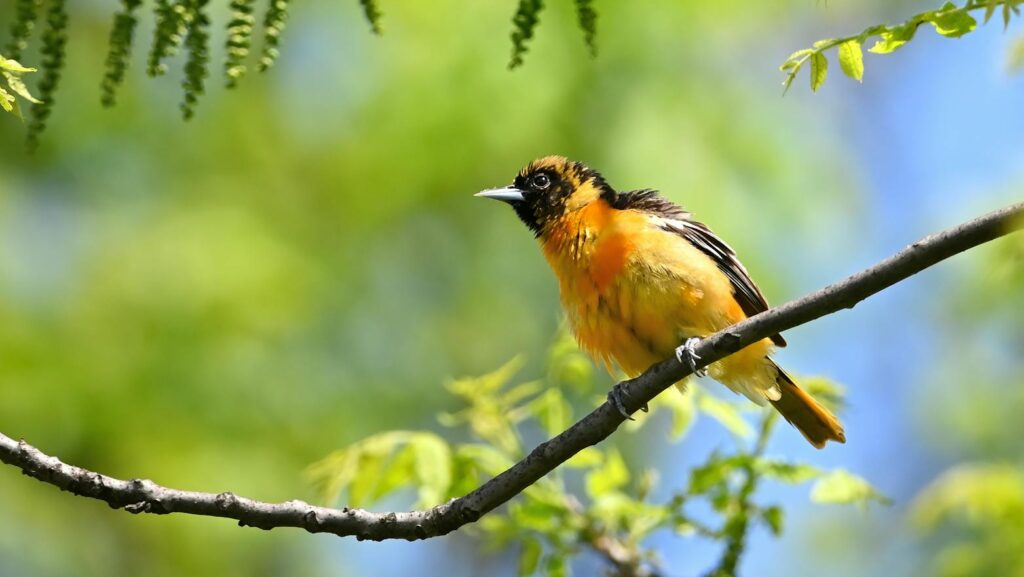
Feeding orioles connects us to these magnificent birds while raising important conservation considerations for responsible backyard birders. Several oriole species face population declines due to habitat loss on both breeding and wintering grounds, making supportive feeding practices part of broader conservation efforts. Commit to feeding practices that prioritize bird health over convenience, understanding that maintenance shortcuts can potentially harm the very birds you’re trying to support. Consider your yard’s overall ecological footprint by incorporating native plants, eliminating pesticides, and creating wildlife corridors that benefit not just orioles but entire ecosystems. Participate in community science projects that track oriole populations and migrations, such as the Audubon Christmas Bird Count or Cornell Lab of Ornithology’s NestWatch, providing valuable data for conservation efforts. Remember that while feeding stations provide supplemental nutrition, they don’t replace the need for natural habitat preservation—supporting land conservation organizations helps ensure orioles have the wild spaces they need throughout their range.
Building a Year-Round Oriole Appreciation Practice

Developing a deeper appreciation for orioles extends beyond the feeding station, creating rewarding experiences throughout the year. During active feeding seasons, maintain a journal documenting first arrival dates, behavioral observations, and feeding preferences, building knowledge of your local oriole population over time. Invest in a good pair of binoculars and a field guide (or birding app) to identify different oriole species and distinguish between males, females, and juveniles as they visit your yard. Photography provides another dimension of enjoyment, whether through dedicated wildlife photography equipment or simply capturing quick smartphone images through windows. During winter months when orioles have migrated south, use the off-season to research, plan habitat improvements, clean and repair fee
